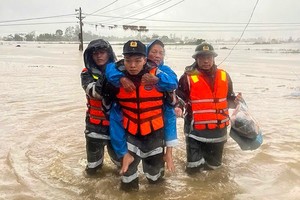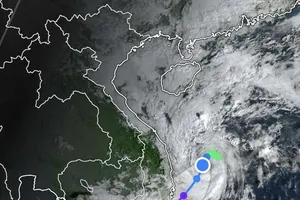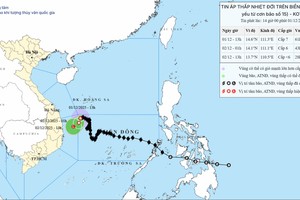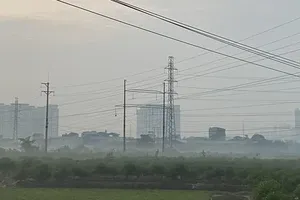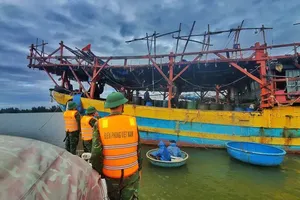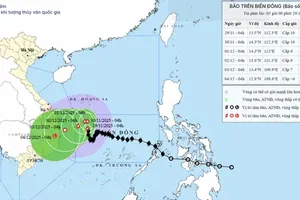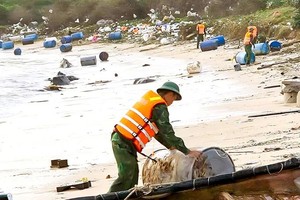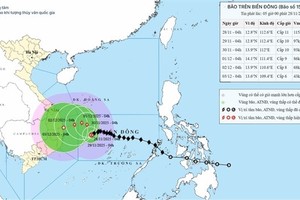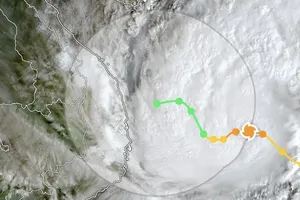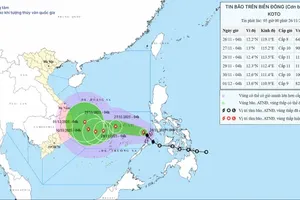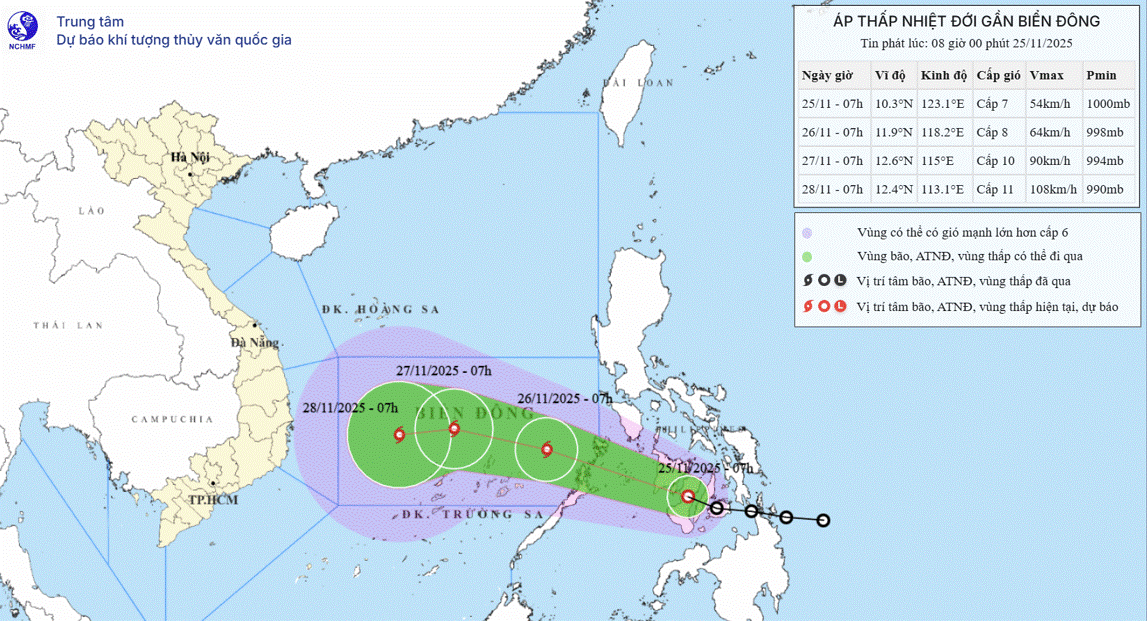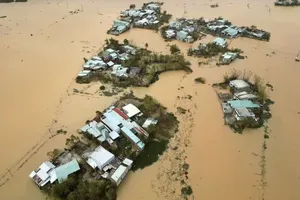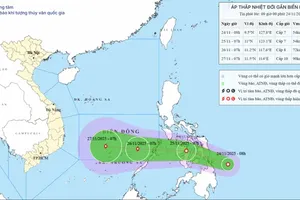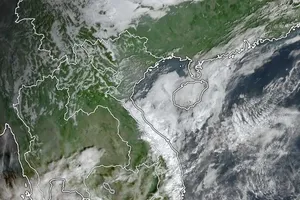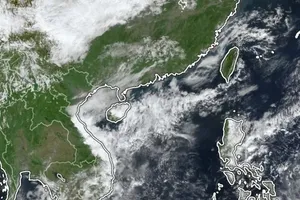According to Mai Van Khiem, Director of the National Center for Hydro-Meteorological Forecasting, the tropical depression has a 70 percent–80 percent chance of intensifying into a storm and could enter the East Sea around October 19 or October 20.
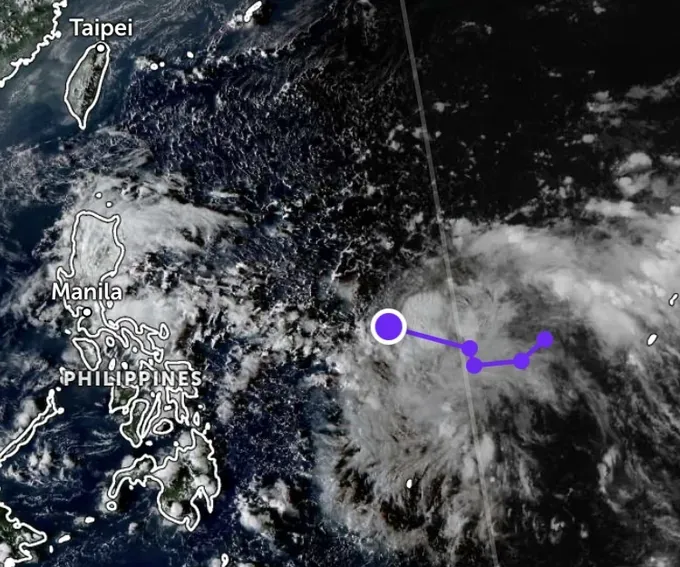
Due to its influence, from the afternoon of October 18, the northern part and middle of the East Sea, including the Paracel Islands, are likely to experience increasingly strong winds and rough seas.
The storm’s arrival will coincide with a cold air mass moving southward, which may cause the storm to weaken as it moves across the sea.
Starting the night of October 18, the Northern region will start experiencing the impact of this cold air, which is forecast to intensify from October 20 to October 25, bringing cool nights and mornings, and even chilly conditions in mountainous areas.
Over the Gulf of Tonkin, northeasterly winds may reach force 6–7, gusting above 8, with waves two- four meters high and rough sea conditions.
From October 16 to October 18, the provinces from Quang Tri to Quang Ngai will see moderate to heavy rain, with some places experiencing very heavy rainfall ranging from 70–150mm, locally over 350mm, and up to 500mm in Hue City.
After October 19, the Central region will continue to face moderate to heavy rainfall. From October 23 to 26, the combination of cold air, easterly wind disturbances and terrain effects may lead to severe rain and flooding across provinces from Ha Tinh to Quang Ngai, raising the risk of flooding and flash floods on rivers and streams.
In response to increasingly complicated weather developments, on the afternoon of October 16, Deputy Minister of Agriculture and Environment Nguyen Hoang Hiep, on behalf of the National Civil Defense Steering Committee, signed an urgent directive requesting the People’s Committees of provinces and cities from Quang Tri to Quang Ngai to immediately implement measures for flood and heavy rain prevention and control.
Accordingly, local authorities are required to closely monitor forecasts and warnings of heavy rain, flooding and landslides, and promptly inform residents.
They must review residential areas along rivers, streams and low-lying zones prone to inundation, and deploy forces to guard and regulate traffic in areas of deep flooding and strong currents.
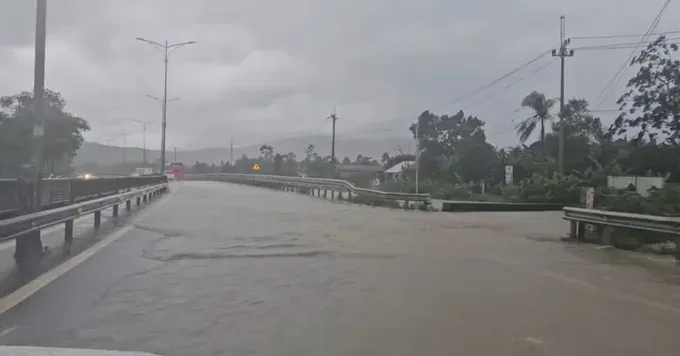
Localities are also required to prepare materials and equipment for emergency response, facilitate traffic flow, and maintain the safety of dams, irrigation works, and ongoing construction projects, especially small reservoirs that are already at full capacity.
They must proactively drain floodwaters, protect agricultural production, residential areas and industrial zones, and stock essential supplies. Additionally, authorities should strengthen communication and public awareness about heavy rainfall developments, maintain strict on-duty monitoring, and provide timely reports to the National Civil Defense Steering Committee.
